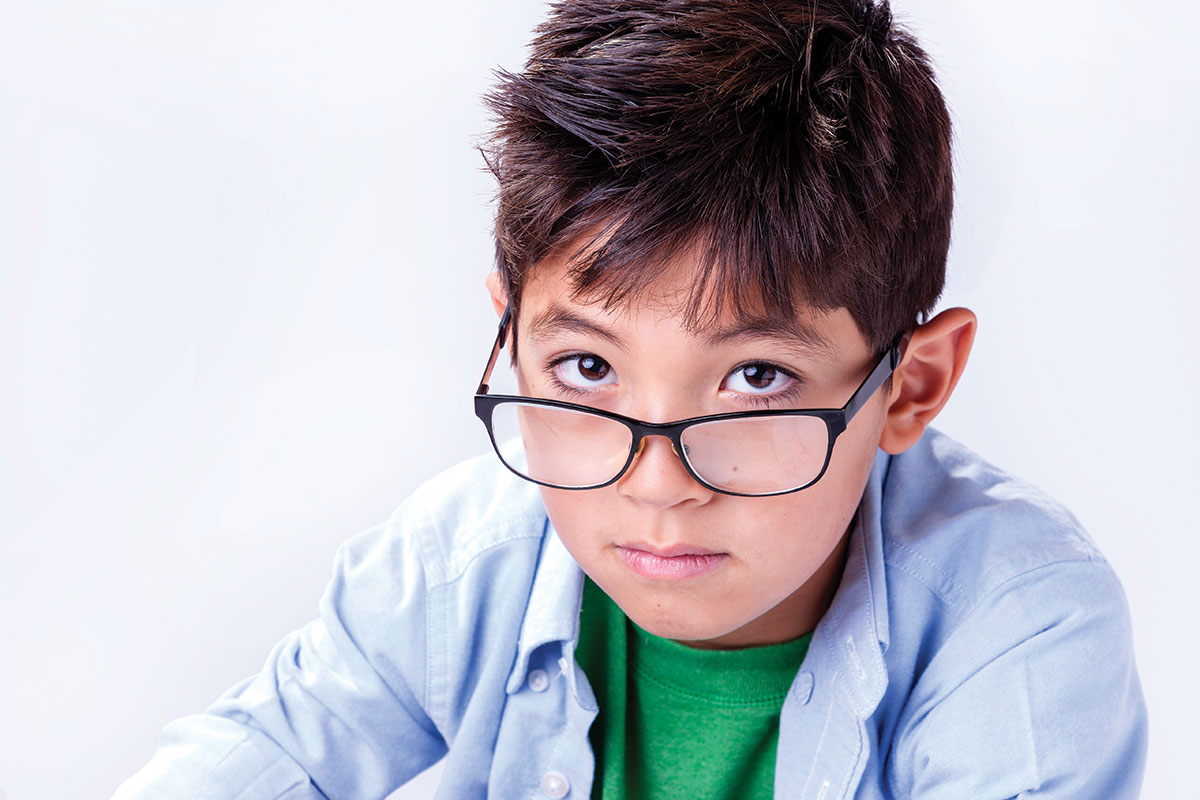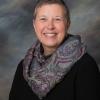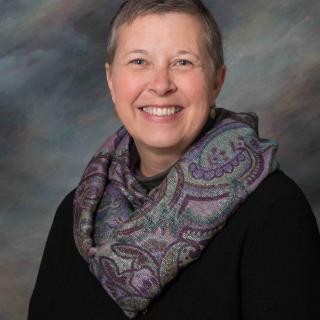
Wilson Greatbatch was an inventor with more than 150 patents. He wasn’t a doctor or a surgeon. He knew little, if anything, about the heart. But in 1956, when he was working on a device to record heart sounds, he reached for a resistor to complete the device’s circuits, inadvertently picked up the wrong size of resistor and installed it. With this innocent mistake, he found that his device gave off an intermittent electrical pulse — the kind that could regulate a heart that was beating erratically. Instead of switching the circuit, Greatbatch ran with it, thereby changing cardiac care forever by creating the pacemaker.
We tend to think that science is orderly and clean, with neat facts that line up on the pages of science textbooks. We also think that science is full of eureka moments of discovery, such as Alexander Graham Bell’s “Mr. Watson, come here” moment. Actually, science is more ponderous than that. It requires diligence, and inherent in it are many, many failed moments like that of Greatbatch’s. Stuart Firestein, author of Ignorance: How It Drives Science, likes to describe science as a magic well: “No matter how many buckets of water you remove, there’s always another one to be had.” While science gives us a sense that it is an orderly process, says Firestein, “it almost never is.”
As a professor at Columbia University, Firestein runs a neuroscience lab and teaches an undergraduate course on the brain. Early on in his teaching, he began to worry. Would his students think that the textbook, with all its facts and data, contained all that we need to know about the brain? Would they think that they were learning everything that they would ever need to know? These questions led Firestein to conclude that what was missing in science courses was the idea that science, although exhilarating and interesting, was more than facts and data, and more than an orderly process.
What science mostly consists of, Firestein believes, is ignorance. Not the kind of ignorance that means dumb, but that which comes from a gap in our knowledge; this ignorance is valuable because it leads us to great discoveries.
How do we find out what we don’t know? Right now, our students do their research primarily on Google. But to use Google, one must first have a question to pose. A simple question can get 1 million responses. A refined question can garner 10,000, and a more refined question can get us to maybe 150 responses. Questions, says Firestein, are the keys to ignorance. Not just one, but one question after another, after another. This is how we begin to make great science. And this is the science, driven forward by both questions and mistakes — by giving value to both ignorance and failure — that we want our children to be learning.
But are they? In a climate of high-stakes testing and results-driven academic approaches, some say no.
We must create a place where it’s safe for students to ask questions — even “stupid” ones
The importance of asking questions
If ignorance is the beginning of the scientific process, then questions are the foundation on which scientists lay their path. To change science in the classroom from a facts- and results-driven discipline to a prelude to discovery, we must embrace the idea that ignorance begets a question, which then leads to more questions. “Every scientific fact started out as a question,” says Firestein. So we have to teach students from the beginning that we want to focus on the questions rather than the facts, he says.
But what questions matter? How do we figure out which are the right questions? When you don’t know something and you want to know it, you ask, right? That’s curiosity. “We feel curious where there is a gap between what we know and what we want to know,” says Ian Leslie, author of Curious: The Desire to Know and Why Your Future Depends On It.
Scientists, says Leslie, have to look in places where no one else has ever thought to look, to close that gap by asking lots of questions. This is true in the classroom, too.
Dan Rothstein, co-author of Make Just One Change: Teach Students to Ask Their Own Questions, believes that the single most important skill that anyone can have for learning is the ability to ask a question. But not all questions are pertinent. Sure, if students are studying cloud formations, questions about chemical reactions in the body may not be relevant. But that old adage that there’s never a stupid question still exists. Who would have thought that Leonardo da Vinci, who was fascinated by how water moved in and around objects and studied the dynamics of its flow, would figure out how blood moved through the heart’s valves? We must first acknowledge that questions need to be asked.
To do that, we must create a place where it’s safe for students to ask questions — even “stupid” ones.
Today’s science classroom
While a curriculum that focuses on questions works well in most disciplines, it works especially well in science classrooms. According to a brief from the Center for Inspired Teaching, which shows positive outcomes from schools using the inquiry process, inquiry learning focuses mainly on students’ questions as the center of the curriculum. Teachers help guide students in generating their own content-related investigations. Key to this process is a classroom environment where it’s OK to ask questions.
But existing institutional barriers in education often prohibit this simple yet valuable function. Most of the time, says Rothstein, the focus in the classroom is on the question that the teacher asks of the students, and not the questions that the students ask. Other barriers exist, too: Students may not be encouraged to ask questions. Sometimes students don’t have the basic knowledge to know where to start with a question. And often, students will not ask questions for fear of sounding stupid or making a mistake.
“I think that the fear of sounding stupid contributes to not responding to a teacher’s question and not answering the question,” says Rothstein. “What we are establishing [by encouraging questions] is that we are honoring ignorance. This is why Stuart Firestein’s book spoke so clearly to what we do. We really have to make students more comfortable asking questions.”

Making mistakes
We all know that making mistakes is a valuable life skill. We tell ourselves that making a mistake is just a part of learning; that everyone makes them, and a mistake doesn’t measure how dumb or smart a person is. But actually, most Americans tend to view mistakes as failures, says Alina Tugend, author of Better by Mistake: The Unexpected Benefits of Being Wrong. “We tend to be focused more on results in this country than on the process. People say that they are not, but everything we do, from testing to jobs, is about not making mistakes,” Tugend says.
And no place in America is more results driven than the classroom. A 2013 study by the American Federation of Teachers found that the time students spent taking tests ranged from 20 to 50 hours per year in heavily tested grades. In addition to taking tests, students also spent from 60 to more than 110 hours per year in test preparation. The pressure on students today to produce results, as measured by test scores, is immense.
We want results, but we also want kids to learn by asking questions, being curious and by making mistakes, too. This creates a dilemma not easily solved. “Teachers are in a tough situation in this country. Testing … is all about results. No one says that you had a great effort doing the SAT — all that matters is the final score,” Tugend says. “I think that there is a sense among adults and kids that we don’t have the patience for effort.” We have to remember, says Tugend, that for most of us, learning is a long, hard slog marked by trying, failing, trying and failing.
In science, says Firestein, failure is what makes science work because “it is failures that allow us to determine the boundaries of our knowledge and our ignorance.” In his upcoming book, Failure: Why Science Is So Successful, Firestein explores failure in science. “We fail quite a bit in science. There are many wonderful stories of failure,” Firestein says. “It is really fascinating to think that very, very smart people thought a certain way and could be wrong.”
Science as a process
The best science learning is all about process, asking questions and making mistakes. Like building blocks, it takes time and effort.
Despite the clash this often creates with a results-driven testing environment, some teachers are working to encourage their students to accept their mistakes and learn through process.
One teacher who has transformed his classroom by focusing on inquiry is high school science teacher Tim Renz of Foster High School in the Tukwila School District. Recently he worked on a cerebral malaria project in a laboratory at the Center for Infectious Disease Research in Seattle. Not only did he have an amazing chance to do “real science” in a “real laboratory,” but he came away from the experience with the tools that forever changed his teaching in his own classroom.
While most labs in schools are essentially confirmation-based labs — meaning students do experiments only to confirm their answers — Renz says he wants his students to use a more open-inquiry lab. In such a lab, Renz says, “students are not only developing their own investigative plans, but also developing their own investigative questions.”
With their final lab results, students in Renz’s class present their claims and defend them to their peers. “Students are taught to be open to new ideas and to have informed skepticism,” Renz says. “Asking good questions, developing good investigative questions, making great observations, and analyzing their data and developing a claim that they can support with evidence and reasoning will lead them to be great critical thinkers. [It gets] to the ‘why’ part of the science world.”
Tami Caraballo, a biology teacher at Glacier Peak High School in the Snohomish School District, spent several summers working in a lab at Seattle’s Institute for Systems Biology. Like Renz, she came away with the tools to change her classroom teaching approach. Caraballo constantly prods her students toward curiosity, something that can be a lost concept in the classroom, she says. Sometimes students are afraid that if they wonder, they may not get the right answer. “I continually emphasize to my students that I am not so interested in their ‘right answers’ but [in] the ‘great questions,’” Caraballo says. She has seen a major shift in teaching science over the past 29 years. “When I started as a science teacher, we stood in front of the classroom to impart knowledge to our students,” she says. “But now, I work as a guide.”
As Renz and Caraballo have found, the returns on these teaching methods are plentiful. Rothstein writes that sudents often have a better understanding of content and retain information better. They gain confidence and independence by taking ownership of their learning. And often they develop lifelong thinking skills.
For Carole Tanner, a science teacher at Mill Creek’s Henry M. Jackson High School, failure in her classroom is not an option, but a requirement. “In my science classroom, mistakes are not mistakes in the traditional sense of the word,” Tanner says. “The word ‘mistake’ connotes a negative idea that the student [should] know the right way to do something or should have known. But in the world of science investigation, we often do not know the outcome or the best method for conducting our research.”
“Failure is celebrated as a way to learn how to not do something, and sometimes the failure of a plan is perfect for another challenge or application. The failures become our tool set for experimentation and evidence that provides understanding of an concept,” Tanner says.
Caraballo has a similar viewpoint on failure. For two summers she worked in a lab searching for six cancer genes, only to find one, and, she says, it took a ton of failures to find that one gene. “Failure is always an option,” she says. “The real learning takes place in how you deal with that.”
So when we remember Wilson Greatbatch’s mistake, we can only suppose what would have happened if he, upon realizing his mistake, had used the right resistor: The pacemaker would have never been invented. Millions of people with heart disease would not have been helped. By letting our students learn that ignorance drives science, and curiosity generates the questions that fill the gap, they may make more mistakes, but they will make more discoveries, too.











